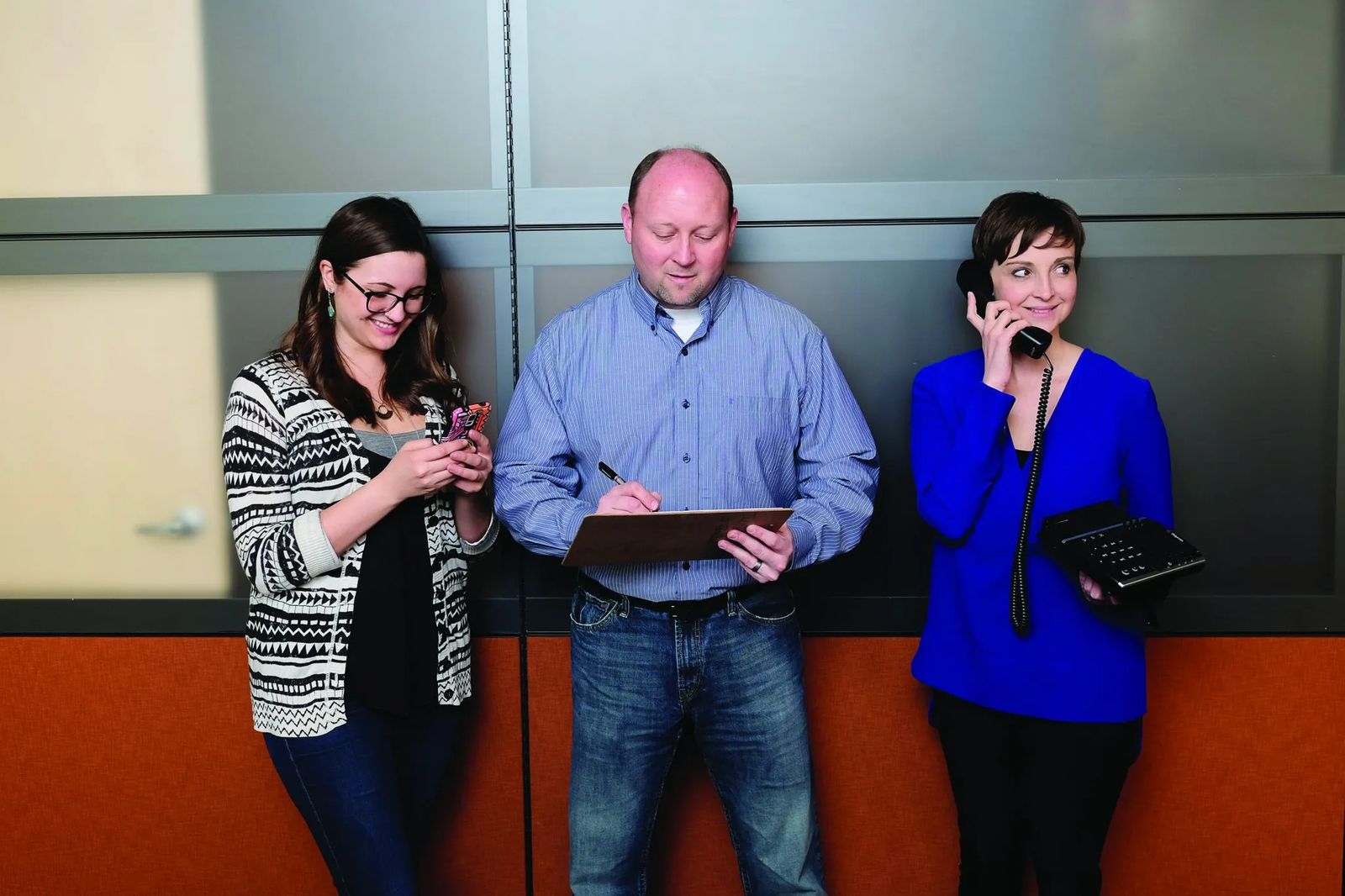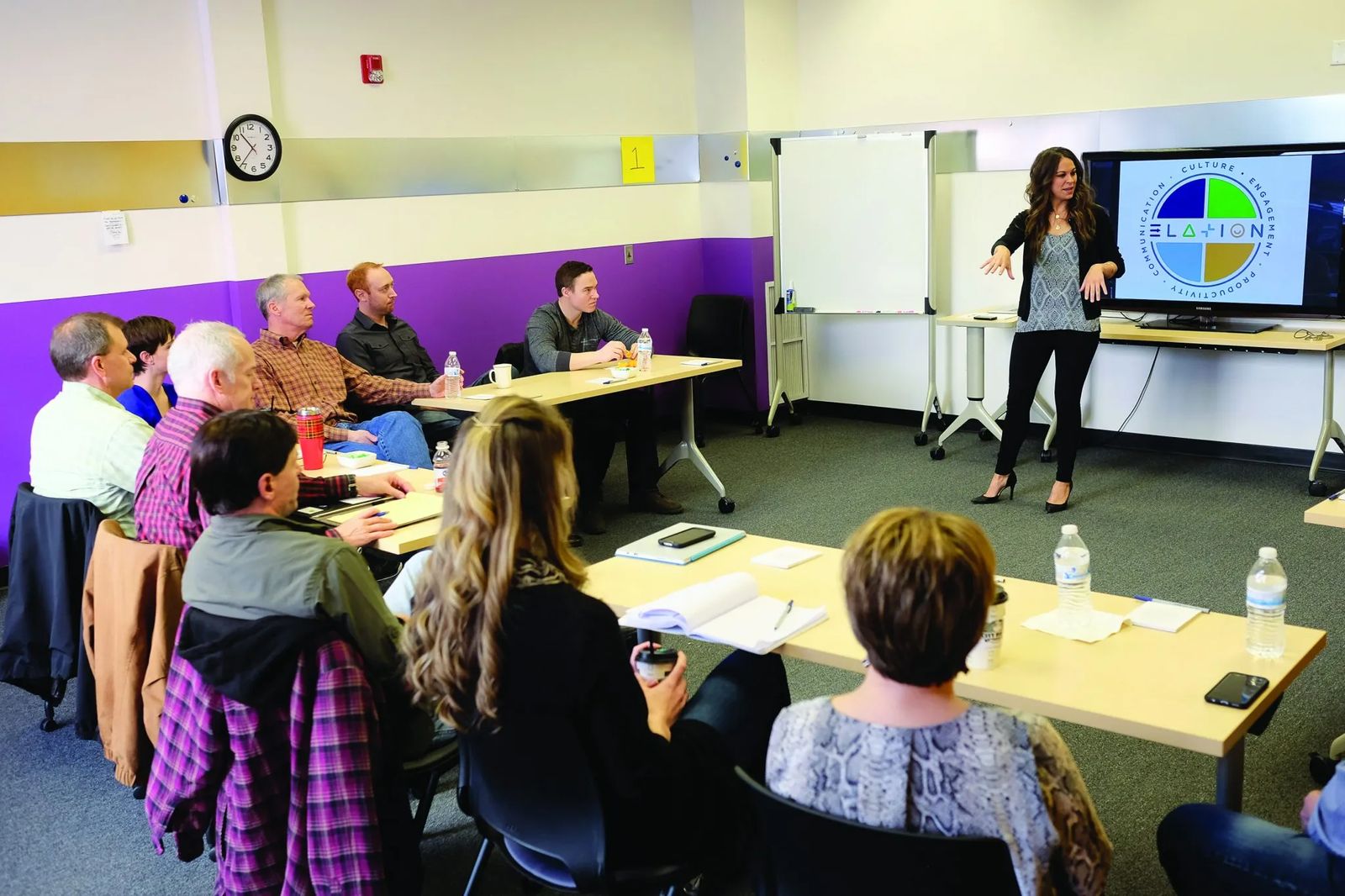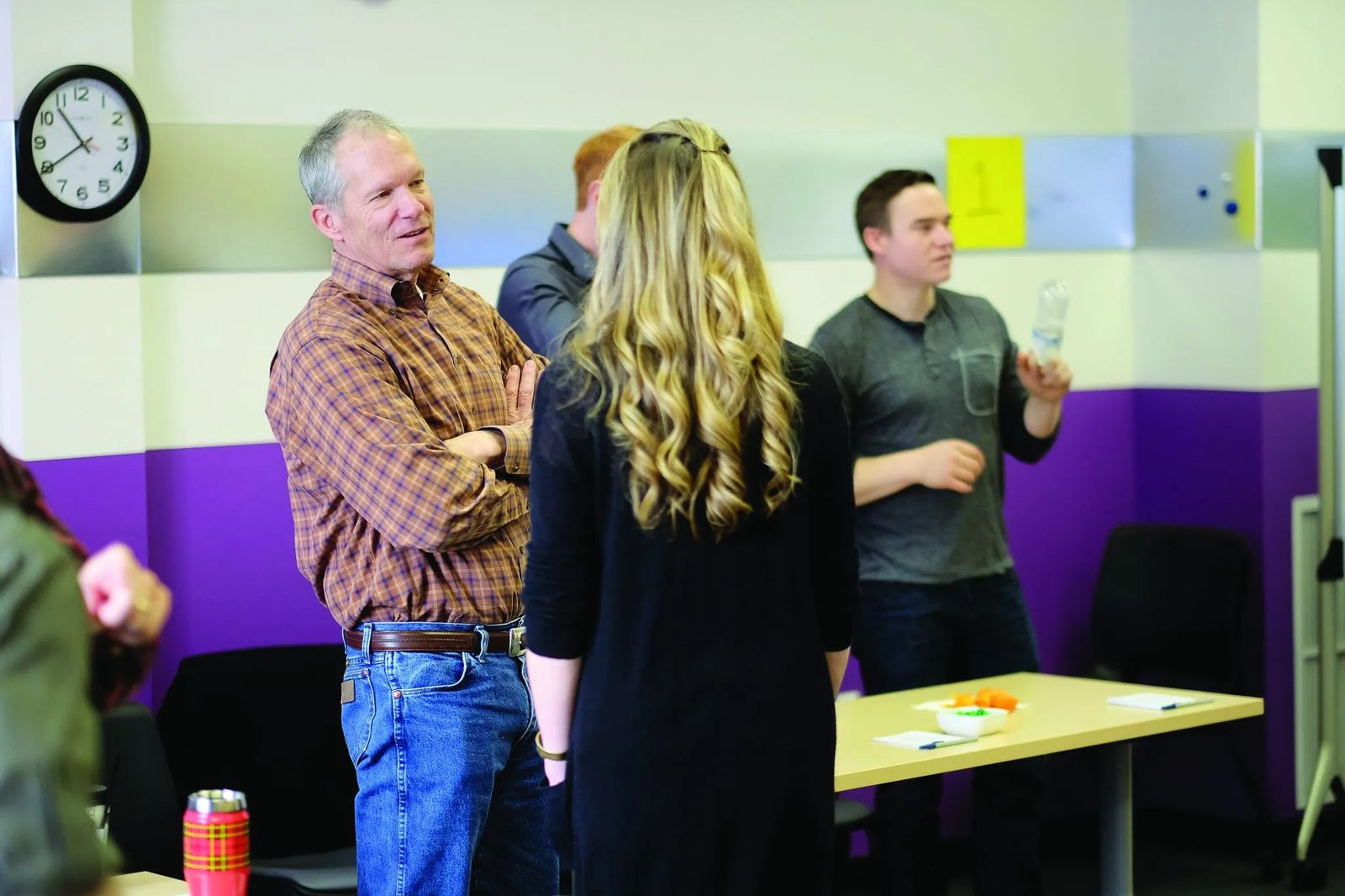
The Multi-generational Workplace
The changing face of today’s workforce
We’ve all experienced it when we meet someone new. In a split second, your mind subconsciously jumps to a series of questions. Like or dislike? Friend or competitor? Given a few more seconds, your mind will also likely create a little scenario that coincides with your initial response.
You may think, “He’s older, so he must know more than me.”
“She’s too young to know anything.”
“She’s overweight, so she must be lazy.”
“He looks disorganized.”
“She’s attractive. I bet we’ll get along just fine.”
Admit it. We all judge.
In fact, our brains are hardwired from the very dawn of time to judge everyone and every situation in a fraction of a second. As early hunter-gatherers it kept us safe, this fight or flight response. Despite thousands of years of evolution, it’s still in us.
CHANGING THE MINDSET
“When you understand why your brain works the way it does, that’s a launching pad for change,” says Jeannie McIsaac-Tracy, the curriculum director at Elation, a neuroscience-based coaching company in Billings. “You realize, I have a choice, and it gives you the freedom to change.”
Changing the workplace mindset is what Elation is all about. Elation works with companies large and small not only to help them change their way of thinking but to focus their efforts on executives and leadership teams, knowing these improvements could have a cascading effect through the organization’s employees.
“We know that our thinking as business leaders can get in the way, but there’s this great bucket of research on neuroscience and mindset that shows us we don’t have to do it that way,” says Carlos Arce, Elation’s customer experience director.
Elation takes three approaches. They offer one-on-one coaching, group coaching and an app for smart phones and tablets that reinforces change by driving home the concepts that participants learn in their coaching sessions.
“We’re very results oriented in our coaching,” Arce says. “We know it is hard work to make a change. It’s much easier to stay where you are.”
Awareness allows coaching participants to recognize where they need to make changes and identify steps they can take to make them. With the help of a coach, they practice these changes in daily life and eventually, change becomes habit – and the brain adapts.
“The brain is like a living organism that’s constantly growing and changing and pruning and increasing its capacity,” says McIsaac-Tracy. “When we pay attention to something, we are modifying our brains and changing those pathways.”
DIVERSITY, A BENEFIT & A CHALLENGE
One of the areas where companies often struggle is in managing a diverse workforce. Brain science tells us that what is familiar is safe, Arce says. Though the brain might like familiarity, studies have shown that diversity actually makes companies stronger, more resilient, and adaptive in the face of change. That’s why instead of forcing employees to work the same way, Elation coaches share how a company can take a step back and appreciate the differences.
“We know at a fundamental level that diversity in a group is a real benefit,” Arce says. “In a diverse workplace, there are a lot of different viewpoints. Everyone is seeing their world very differently.”

A CASE FOR COACHING
In January, KOA engaged with Elation for two and a half months of coaching for 18 people in their executive teams. Their work included group sessions as well as one-on-one coaching sessions. Like many modern workplaces, there’s a wide range of ages at work at KOA. Executives range in age from 27 to 67, and come from a variety of backgrounds.
“Elation is helping us understand how different people react to change,” says Toby O’Rourke, KOA’s Chief Franchise Operations Officer.
O’Rourke, who has been coaching with Elation for more than a year, came to KOA five years ago and manages both employees who are older and employees who are younger than her. She’s picked up on generational differences, especially when it comes to communication styles.
“You can’t take a one-size fits all approach to communication,” O’Rourke says. “My coach has really helped me deal with situations with grace and clarity,” O’Rourke says. “Even just the act of talking it through helps, and when I’m done, I always have a fresh perspective.”
Like most large organizations, communication is a challenge at KOA and a key area management is hoping to continually improve, O’Rourke says. To help address the need, the company adopted new technology to engage employees and make communication more efficient. Managers are rethinking meetings for more effective results. They are taking a closer look at group communication technologies, and reaching inside and outside audiences with social media. They’re balancing new approaches, which favor millennials, with the traditional face-to-face communication that baby boomers still appreciate.
It’s not just communication. It is how these generational groups work that O’Rourke has noticed as well. Her older colleagues are more focused on office presence than younger employees who are more flexible in their approach to the workday. GenX employees appreciate KOA’s strong focus on work-life balance with the company’s flexibility for employees with children.
“I’m flexible too,” O’Rourke says. “I think that if their work is getting done, then they are working.”
For O’Rourke, a diverse workplace environment creates a powerful mix, especially when everyone contributes from their strengths.
“Having experience and history from some, measured with fresh perspective from others, has allowed us to continue to grow, improve, and stay competitive,” O’Rourke says. When it comes to leading this varied group of employees, O’Rourke admits, “You have to be adaptable and creative in your approach.”

TALKIN’ ABOUT MY GENERATION
The changing face of communication, expectations & values
When many Americans head to work, there’s a good chance they join forces with members of not only one but those from possibly two or even three generations with each bringing a different approach and values with them to the job each day. How do employers fill this generational gap? The experts say, flexibility is key when it comes to communication and teamwork.
Traditionalist, born between 1922 and 1945, these senior Americans hold three-quarters of the nation’s wealth and are still the executive leaders of some of the most influential companies in America. As a whole, they believe in doing more with less. They respect rules of conduct and authority. Specific feedback isn’t necessary with this group, they just want to know they are making a difference. When it comes to communication, they prefer talking in person or written communication.
Baby Boomers, born between 1946 and 1963, generally welcome team-based work in a stable atmosphere. They’re looking for good pay and recognition for a job well done. They’re loyal and usually have a strong work ethic. They’re focused on retirement, but many are delaying it. When it comes to communication, they prefer a face-to-face approach.
Generation X, born between 1965 and 1981, are ambitious and independent, and are generally looking for opportunities to balance work and family life. They want opportunities to do more, earn more, and grow but also want freedom and flexibility in the workplace. When it comes to communication they prefer direct and to-the-point feedback, whether written, electronic, or in-person.
Millennials, born between 1982 and 2004, are tech-savvy and out to “make a difference” in the world. They may not make a long-term commitment to an employer but are usually passionate and prefer to be busy. They’re looking for meaningful work and opportunities to make their mark. They prefer a steady stream of electronic communication, such as email and texts.











